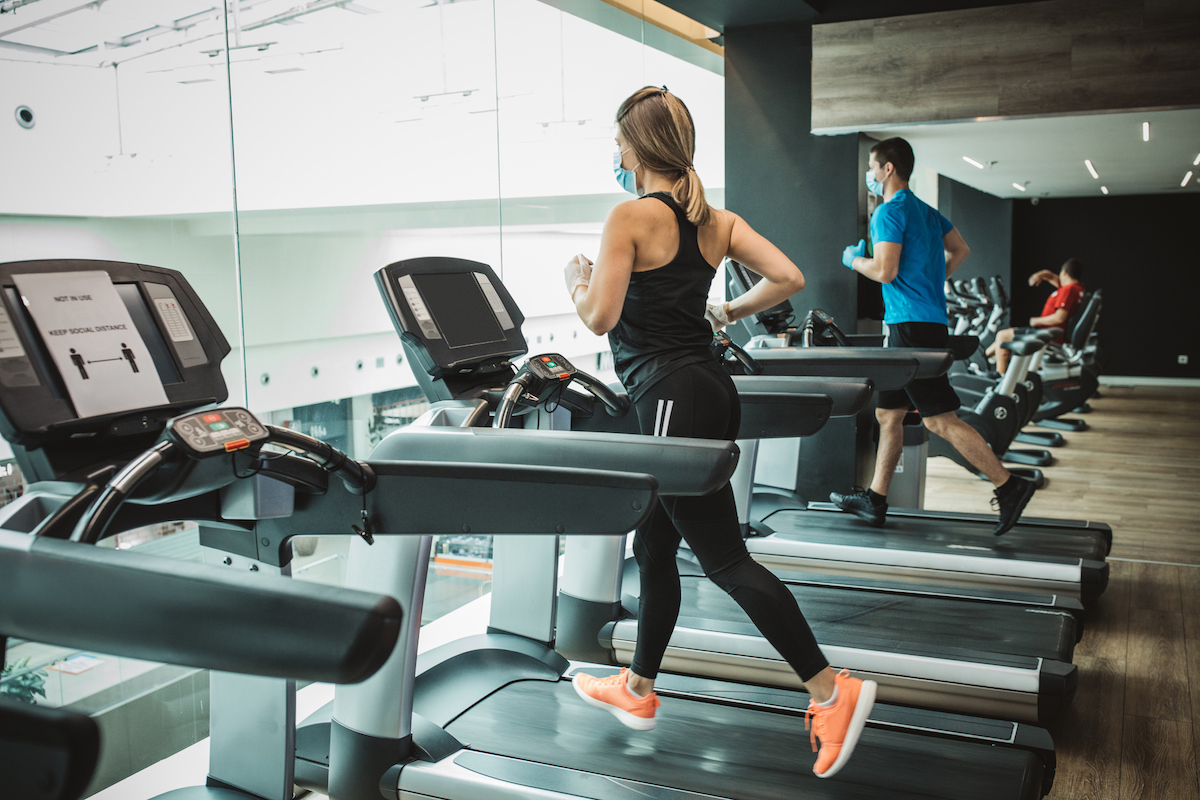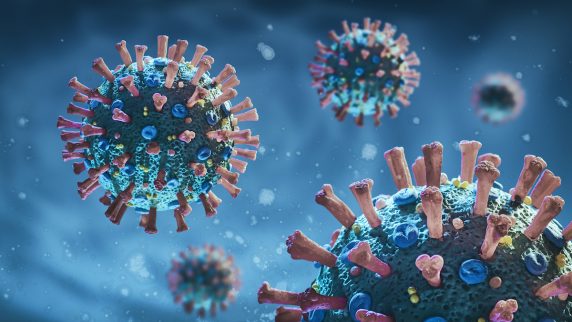An outbreak of at least 55 COVID-19 cases last summer has been linked to infected people who attended high-intensity exercise classes at a Chicago fitness club, according to a Centers for Disease Control and Prevention report published this week.
Two people among the 81 who attended the superspreader events required emergency-room treatment and one was hospitalized for eight days. No deaths were reported.
The CDC said most class participants did not wear masks during the outbreak, spanning more than a week with multiple group classes. Heavy breathing during the intense workouts and class leaders shouting instructions were also cited as likely contributors to the outbreak.
“Mask use, temperature checks, and symptom screenings were required on entry,” the report said. “However, patrons were allowed to remove masks during exercise.”
The classes were limited to less than 25 percent capacity, up to 15 people. The gym-goers, who brought their own exercise mats, remained at least 6 feet apart during the classes, according to the CDC.
In Connecticut, gyms reopened last June with 50 percent capacity and a mask mandate. No serious outbreaks have been reported, most likely because people have followed social-distancing and mask-wearing guidance.
“We know wearing a mask can help prevent the spread of COVID-19,” said Kenneth Bruno, site supervisor at the Hartford HealthCare Rehabilitation Network location in Windsor. “The heavier breathing most do when exercising means more potentially infectious particles spraying into the air, so it’s important to wear a mask to protect yourself.”
Don’t worry about a mask making it harder to breathe, either. Research last year from the University of Saskatchewan, in fact, showed that performance during a strenuous workout was not affected by wearing a layered cloth mask. There were also no detrimental effects on blood or muscle oxygen levels. Connecticut high school basketball players are required to wear masks during games.
Here are Bruno’s mask tips:
- Fit your mask properly. You don’t want it to fall off or constantly adjust it during your workout. Make sure it covers your nose and mouth, fitting snugly over your cheeks and nose.
- Pick tightly-woven materials. At least two layers will keep out more airborne droplets. Tighter weaves (70 threads per inch) are more substantial than thinner materials. Choose cotton, flannel, muslin, nylon or rayon. Make sure the material doesn’t soak up moisture or you’ll be left with a mask that’s heavy and soggy with sweat. Runners, cyclists and others might want to try masks made from moisture-wicking materials.
- Carry extra. Moisture reduces the effectiveness of the mask, so consider a change mid-workout if yours gets sweaty. You’ll also need a clean, dry mask after you’re done.
Susan McDonald contributed to this story.


